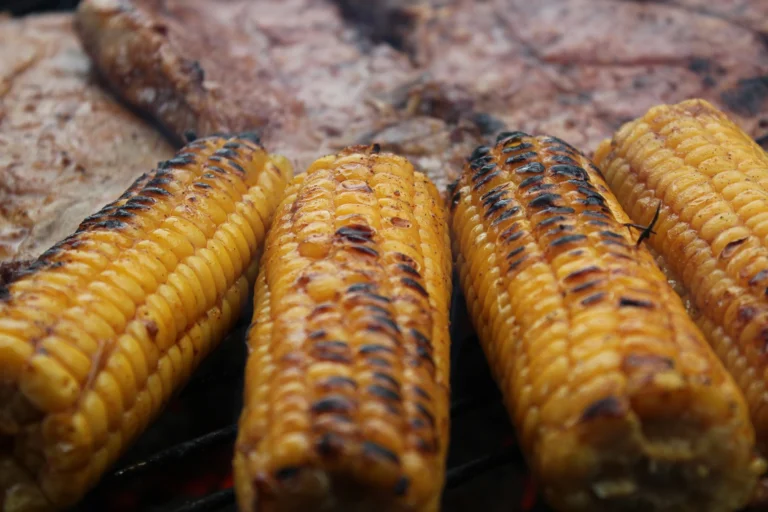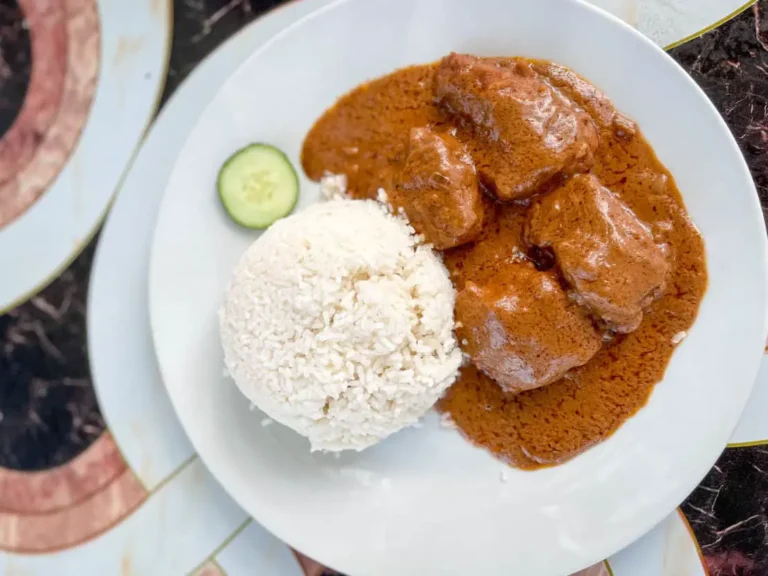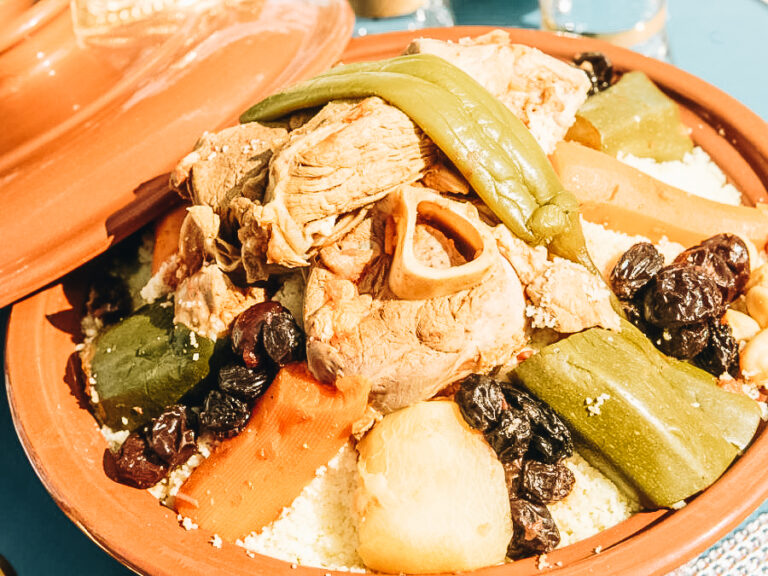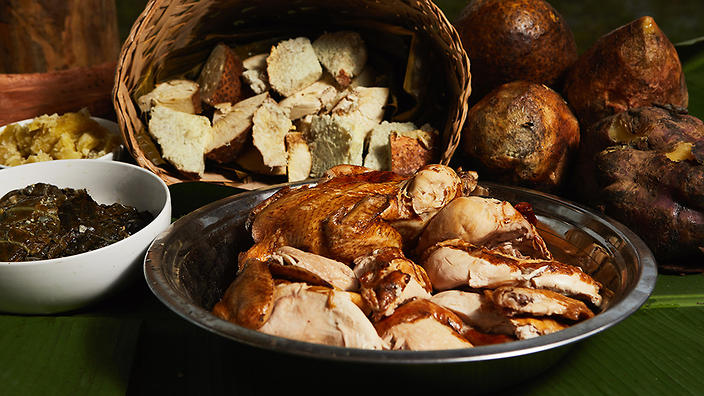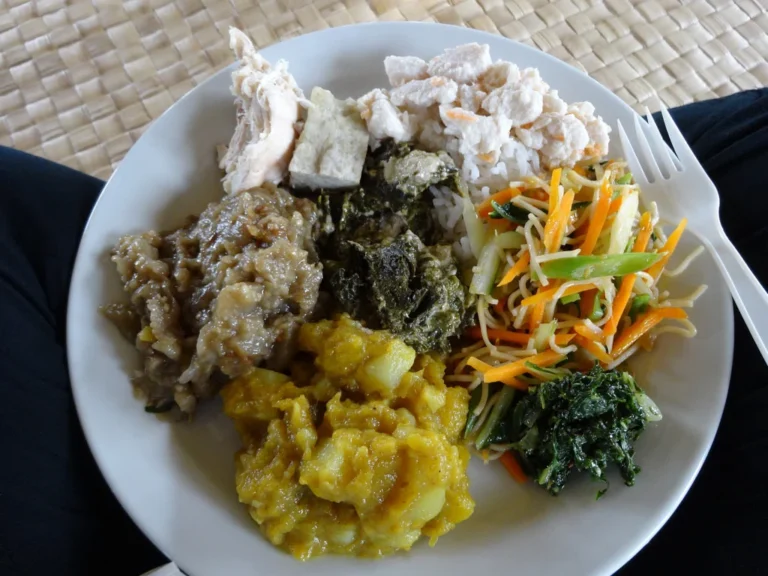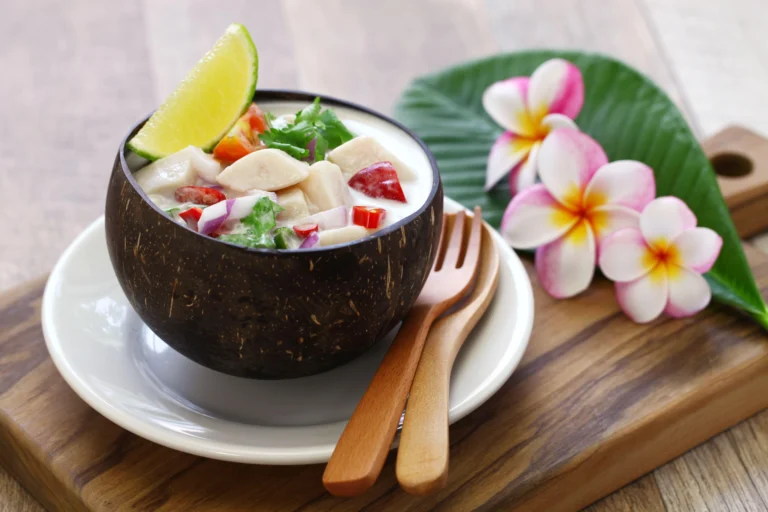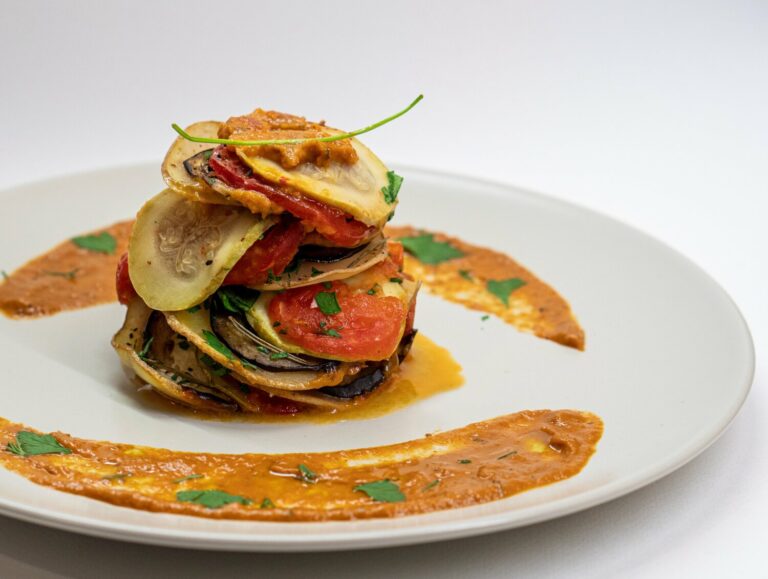Introduction to Eswatini’s Street Food Scene
Street food is an integral part of Eswatini’s culinary scene, with a wide variety of local delicacies available at affordable prices. From savory stews and curries to grilled meats and vegetables, street food vendors offer a convenient and flavorful option for locals and tourists alike. However, as with any food service industry, the hygiene and cleanliness standards of street food in Eswatini are a concern for many consumers.
Overview of Food Hygiene and Cleanliness Standards
Food hygiene and cleanliness standards are essential for preventing the spread of foodborne illnesses and ensuring public health. In Eswatini, the Ministry of Health and the Municipal Councils are responsible for enforcing these standards. Street food vendors are required to obtain a license from the Municipal Councils and comply with regulations related to food handling, storage, and preparation. These regulations include maintaining a clean workspace, using clean water for cooking and cleaning, and ensuring that food is stored at safe temperatures.
The Importance of Proper Food Handling Practices
Proper food handling practices are critical in preventing contamination and the spread of foodborne illnesses. Street food vendors should wash their hands frequently with soap and clean water, wear gloves and hairnets, and use separate utensils for raw and cooked foods. They should also ensure that their cooking equipment and storage containers are cleaned and sanitized regularly.
Government Regulations and Enforcement of Standards
The Ministry of Health and the Municipal Councils are responsible for enforcing food hygiene and cleanliness standards in Eswatini. They carry out regular inspections of street food vendors to ensure that they comply with regulations. In some cases, vendors who fail to meet the standards may face fines or have their licenses revoked.
Common Hygiene and Cleanliness Issues in Street Food
Some common hygiene and cleanliness issues in street food include the use of contaminated water for cooking or cleaning, improper storage of food, and the lack of handwashing facilities. Vendors may also handle money and food with the same gloves or not wear gloves at all. Cross-contamination between raw and cooked foods is also a concern.
Tips for Ensuring Safe Street Food Consumption
Consumers can take steps to ensure that they consume safe street food. They should look for vendors who have a clean and organized workspace, use gloves and hairnets, and display their license. They should also avoid vendors who handle money and food with the same gloves or who do not wear gloves at all. It is also advisable to choose cooked food over raw food and to ensure that the food is served hot.
The Role of Consumers in Maintaining Hygiene Standards
Consumers play a crucial role in maintaining hygiene standards in the street food industry. They should report any hygiene and cleanliness issues to the authorities, such as vendors who do not comply with regulations or sell expired food. Consumers should also practice proper hand hygiene and dispose of any waste properly.
Conclusion: Balancing Convenience and Safety in Street Food
Street food in Eswatini offers a convenient and affordable option for locals and tourists. However, it is essential to ensure that the hygiene and cleanliness standards are upheld to prevent the spread of foodborne illnesses. Consumers can play a role in maintaining these standards by choosing safe vendors and reporting any issues to the authorities. By balancing convenience and safety, street food can continue to be a beloved part of Eswatini’s culinary scene.

